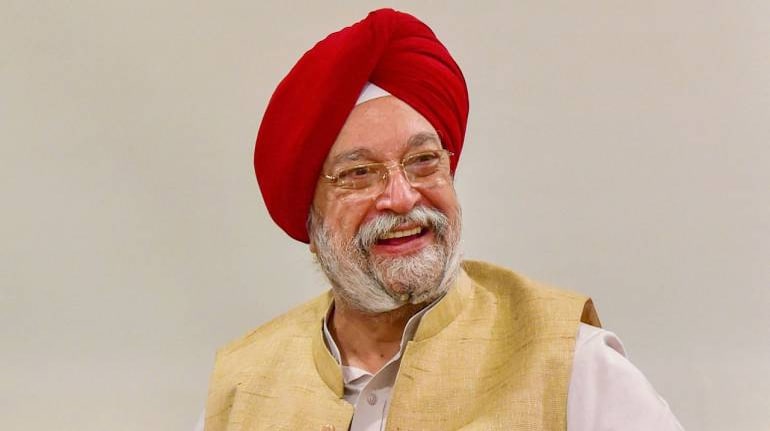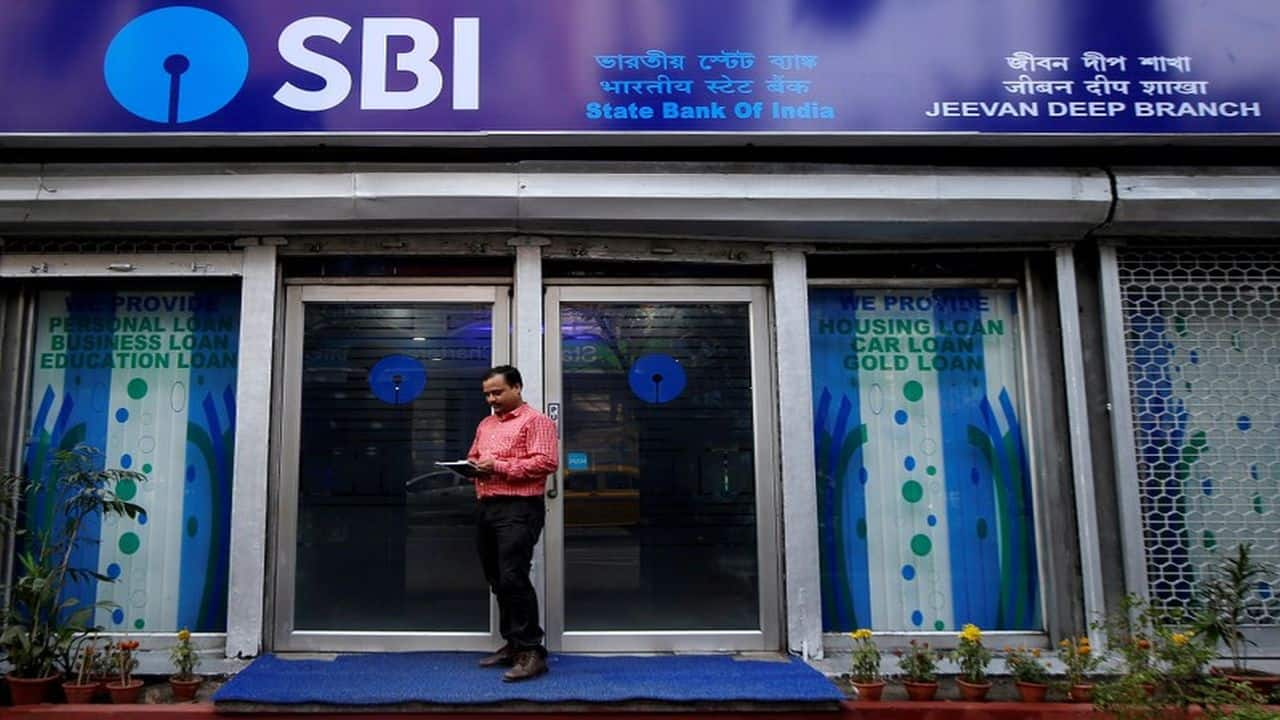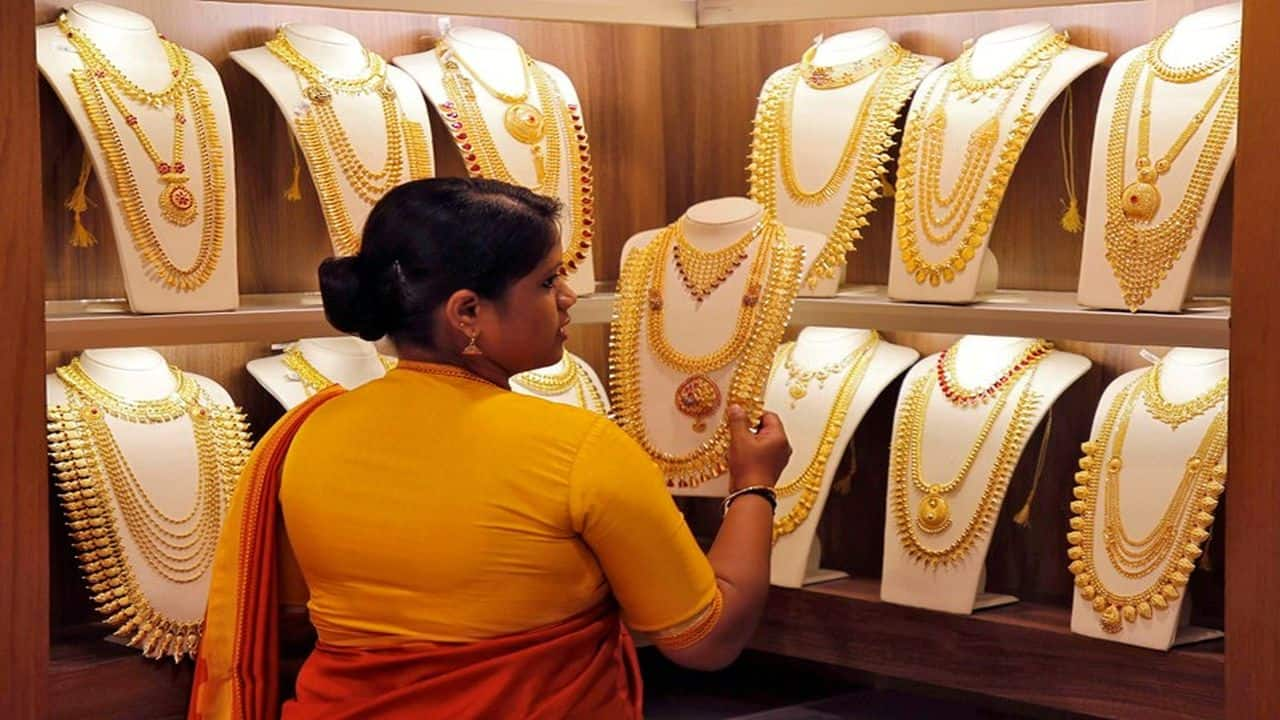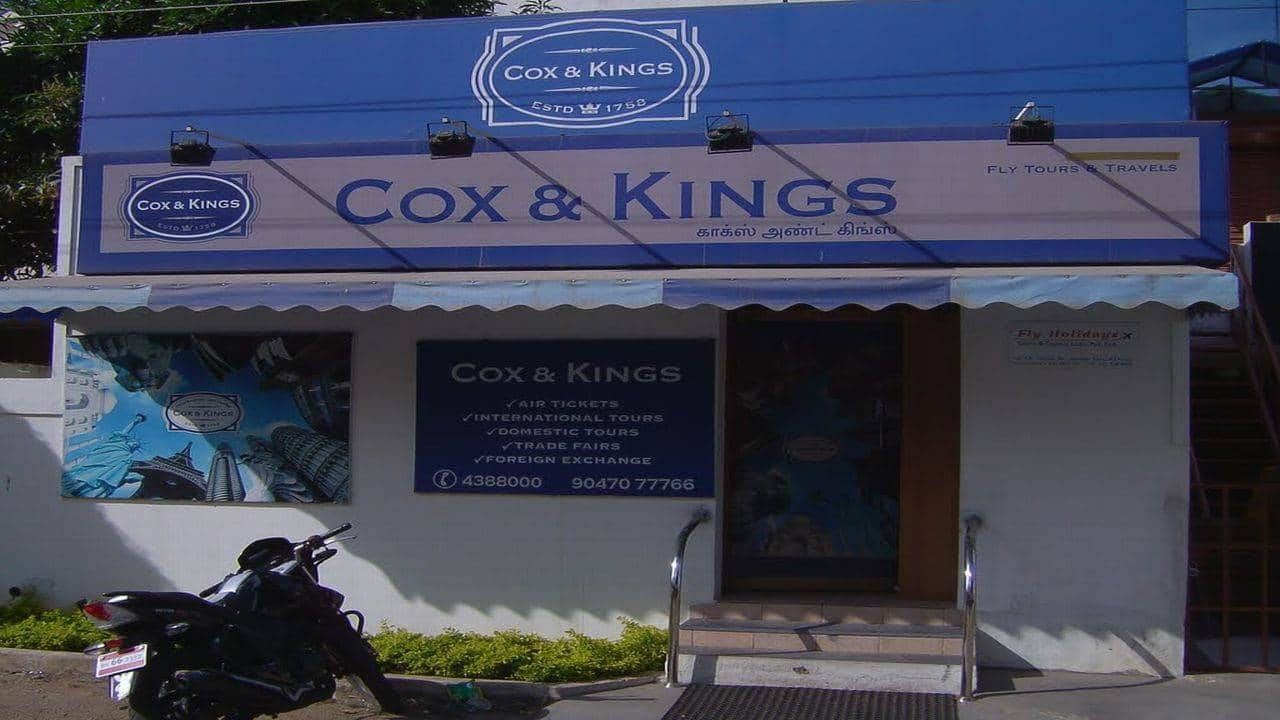Government allows domestic airlines to operate at 80% of pre-Covid capacity
Union Minister of Civil Aviation Hardeep Singh Puri said the domestic operations in India, which recommenced with 30,000 passengers on May 25, have touched a high of 2.52 lakh passengers till November 30, 2020
Dec 3, 2020 / 04:12 PM IST
Union Minister of Civil Aviation Hardeep Singh Puri
The government on December 3 allowed domestic airlines to operate at 80 percent of their pre-COVID-19 pandemic approved capacity.
The domestic carriers were operating at 70 percent of their capacity as of now because of COVID-19 pandemic-induced restrictions.
While making the announcement, Union Minister of Civil Aviation Hardeep Singh Puri said the domestic operations in India, which recommenced with 30,000 passengers on May 25, have touched a high of 2.52 lakh passengers till November 30, 2020.
Almost 65% of domestic air travel back to pre COVID-19 level: Pradeep Singh Kharola
Meanwhile on November 28, Civil Aviation Secretary Pradeep Singh Kharola had said nearly 65 percent of the domestic air travel has returned to the pre-COVID-19 levels.
He had also mentioned that air travel has become a preferred mode of travel for being a safe means of transportation amid the COVID-19 pandemic.
"On the first day of resumption of domestic air services (May 25) there were 79,000 people who would travel and we were worried. But gradually it started improving,” he said.
With more business activities and colleges opening up, Kharola expected that the domestic travel may go up to 80-90 percent in the next 2-3 months or almost to the level of normalcy.
As per November 27 data, a total 2.50 lakh passengers travelled on domestic flights, compared to the average per day passenger number of 3.70-3.75 lakh before the pandemic hit the country.












_2020091018165303jzv.jpg)



























